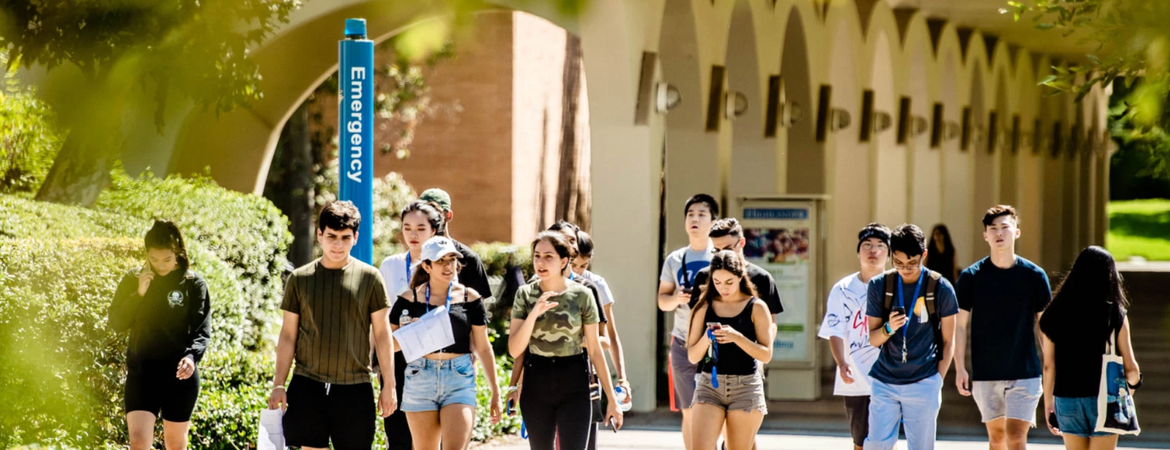Center for Social Innovation

Communities of color, particularly Latino and Asian American communities, grew in numbers over the last decade, according to race and ethnicity data released by the U.S. Census Bureau on Thursday, Aug. 12.
Southern California counties by and large reflected the national and state trends when it came to race, with big increases in multiracial populations as well as among Latinos and Asian Americans.
Notably, the Inland Empire became predominantly Latino for the first time. In 2010, 47.3% of the Inland Empire was Latino and that number has now shifted to 51.6%, according to a preliminary analysis of the Census 2020 data by the Center for Social Innovation at UC Riverside.
Also, in both Riverside and San Bernardino counties, there are more Asian Americans than African Americans for the first time. While African Americans accounted for 7.4% of the Inland Empire’s population in 2020, Asian Americans made up 8.7%.
Orange County saw a dramatic 31.1% growth in its Asian American population. Now, Asian Americans make up 22.2% of the county’s population compared to 17.9% in 2010. Los Angeles County saw a 7.3% decline in its African American population and a modest 2.5% increase in its Latino population, but a much higher growth of 11.4% when it came to Asian Americans.
The new numbers shed light on the growing importance of communities of color, especially in the inland areas, which typically have not garnered as much recognition and support as coastal communities, said Karthick Ramakrishnan, director of the Center for Social Innovation.
“When we think about communities of color, we can’t only think about Los Angeles, but also the Inland Empire and Orange County,” he said. “In fact, the Inland Empire has been a ‘majority minority’ region for decades now.”
Communities of color now represent close to 70% of the resident population of the Inland Empire, raising important questions about how and where investments within the region are being directed and how to promote equity in terms of access to resources, Ramakrishnan said.
This article was also found in the California News Times and in the Daily Breeze.